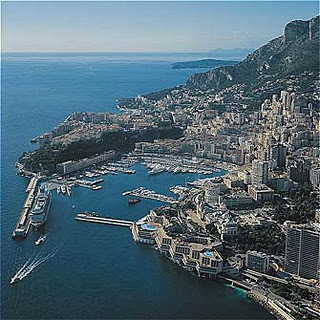
Picasso 1971
Modern Masters: I collect authentic 19th and 20th century exhibition lithographs. Mostly Picasso, Miro, Leger, and Lichtenstein. Also Wyeth, Matisse, and Dali.


Picasso 1971
Modern Masters: I collect authentic 19th and 20th century exhibition lithographs. Mostly Picasso, Miro, Leger, and Lichtenstein. Also Wyeth, Matisse, and Dali.

Monte Carlo: I have visited Cannes, Nice, and Monaco. Monte Carlo is one of the most cosmopolitan places in the world. Bikinis, black tie, and racing always coexist.

Springsteen: Been there a few times. Just witnessed the Wrecking Ball tour. Rise Up!
Living at Maho Bay – St. John, USVI

Maho Bay: I lived on the beach in the U.S. Virgin Islands. Wow! How the mixture of salt, sand, sun, and rum can enhance your perception of reality. Really!
Recognizing States of Thought
Experience is omnipresent, productive thought is not. Recognizing the two states and their differences is the first step in understanding the value of both. The second step is being able to effectively switch between the two (and other) states.

Airborne Intelligence: I served as an Intelligence Analyst on a Lockheed P-3C in the U.S. Navy. We tracked ships and submarines in the Atlantic Ocean and in the North and Mediterranean Seas.

Into the Arctic: I have taken a lot of trains around Europe.
I once took the Lapland train from Stockholm, Sweden all the way north to Narvik, Norway. The train crossed the Arctic Circle into the land of the midnight sun. The fjords are beautiful and the sun never sets. After a few days, I boarded a cargo ship and sailed down the Norwegian coast to Bodo. I ended up in the beautiful town of Bergen on the North Sea coast. The local fishing fleet would boil just-caught shrimp while returning to port and sell it fresh on the dock. Unbelievable!

Cognitive Map Accountancy
When prototyping cognitive map models, we don’t intentionally circumvent the mathematics of the platonic point, face, vertex, chord, or other entities to experimentally demonstrate those relationships. Quantitative complexities inherent in the physical variables of the vector matrix are not required accounting units in cognitive vector maps. Using generalized representations of point-nucleated, or even non-nucleated tetrahedrals defines the relationship between platonic metaphors and mapped knowledge concepts that can be understood without requiring discreet mathematical accuracy.